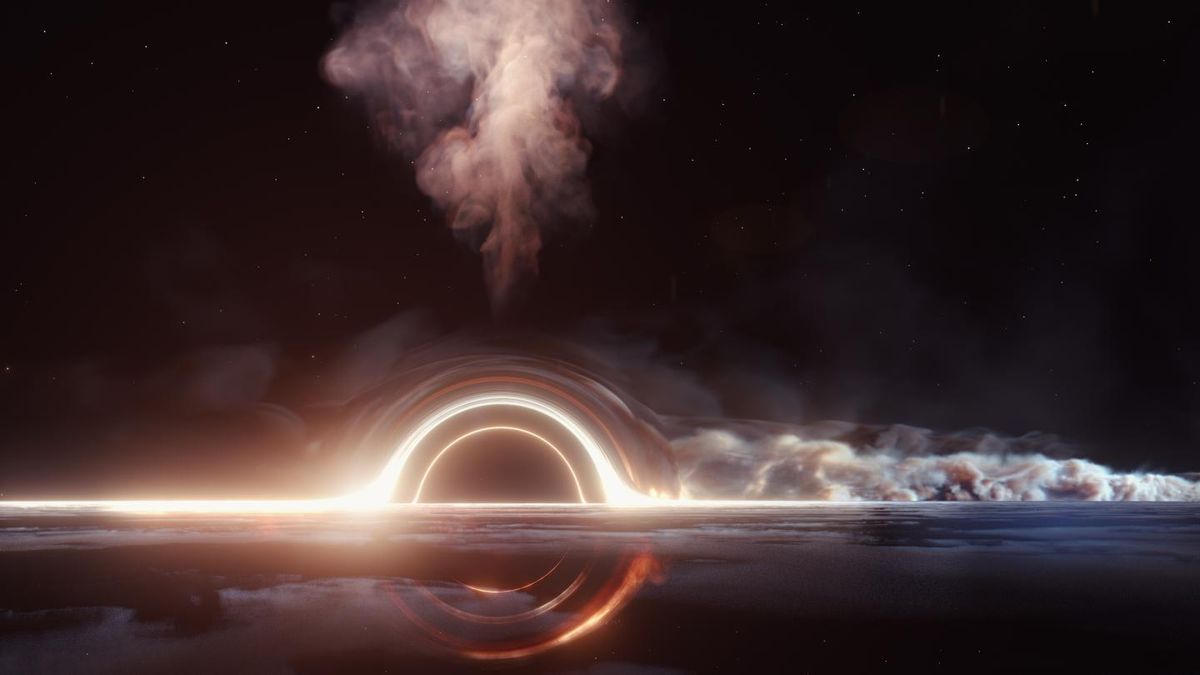
This light likely came from a black hole shredding a star, a so-called tidal disruption event dubbed "AT2019dsg.".
This suggested that scientists have likely detected the first particle traced back to a tidal disruption event. .
Specifically, the researchers suggested the neutrino came from jets of matter blasting out from near the black hole's accretion disk at nearly the speed of light, Cecilia Lunardini, a particle astrophysicist at Arizona State University, told Space.com.
This discovery marks only the second time scientists have traced a high-energy neutrino back to its source, Stein said.The first time, in 2018, astronomers tracked such a neutrino back to the blazar TXS 0506+056, a huge elliptical galaxy with a fast-spinning supermassive black hole at its heart. .
One strange aspect of this discovery was how the neutrino was not detected until a half-year after the black hole began gobbling the star.What this suggests is that the tidal disruption event can act like a giant cosmic particle accelerator for months, Stein said
Although the researchers only detected one neutrino from this tidal disruption event, "for us to detect even one, there must have been billions and billions it was generating," Stein said